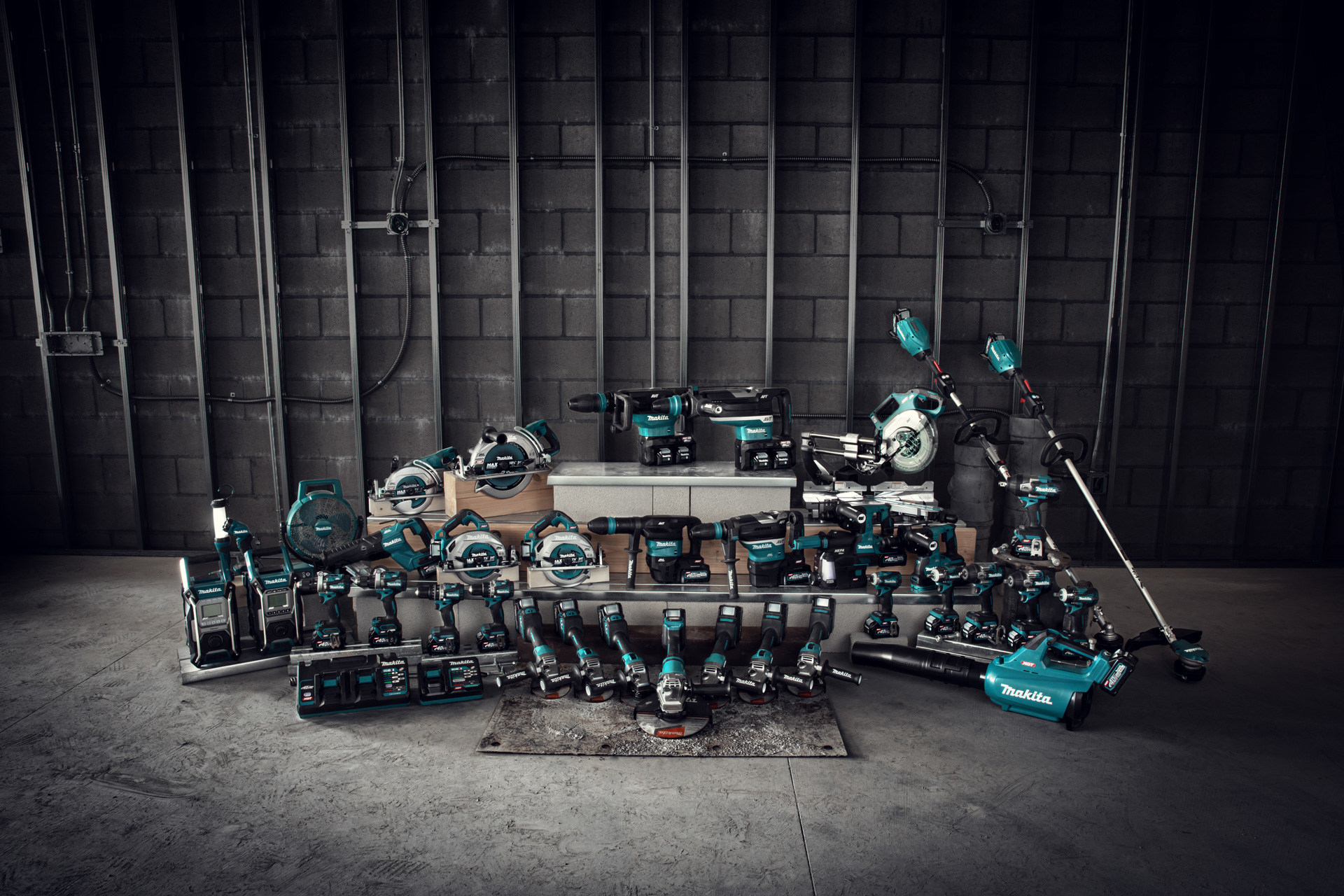Organizers Announce Rescheduling of 2020 New York International Auto Show

NEW YORK, March 11, 2020 /PRNewswire/ — As a result of the ongoing health concerns from the spread of the coronavirus in the region, the New York International Auto Show has been rescheduled to August 28 – September 6, 2020. Press days are August 26 & 27, 2020.
“We are taking this extraordinary step to help protect our attendees, exhibitors and all participants from the coronavirus,” said Mark Schienberg, president of the Greater New York Automobile Dealers Association, the organization that owns and operates the New York Auto Show.
“For 120 years, ‘the show must go on’ has been heavily embedded in our DNA, and while the decision to move the show dates didn’t come easy, our top priority remains with the health and well-being of all those involved in this historic event. We have already been in communication with many of our exhibitors and partners and are confident that the new dates for the 2020 Show will make for another successful event,” Schienberg added.
With more than $330 million in economic benefit attributed to the annual New York International Auto Show, this event has a huge impact on the local and state economies including the thousands of workers who build the Show each year as well as the hospitality and related services industries that depend on it. It also has a direct impact on the hundreds of thousands of consumers who attend the 10-day event and use the Auto Show to make decisions on their next vehicle purchase.
We are pleased with this new solution and would like to thank New York State Governor Andrew M. Cuomo and the Jacob K. Javits Convention Center for accommodating this change of date.
The Show will provide more details in the coming weeks.





